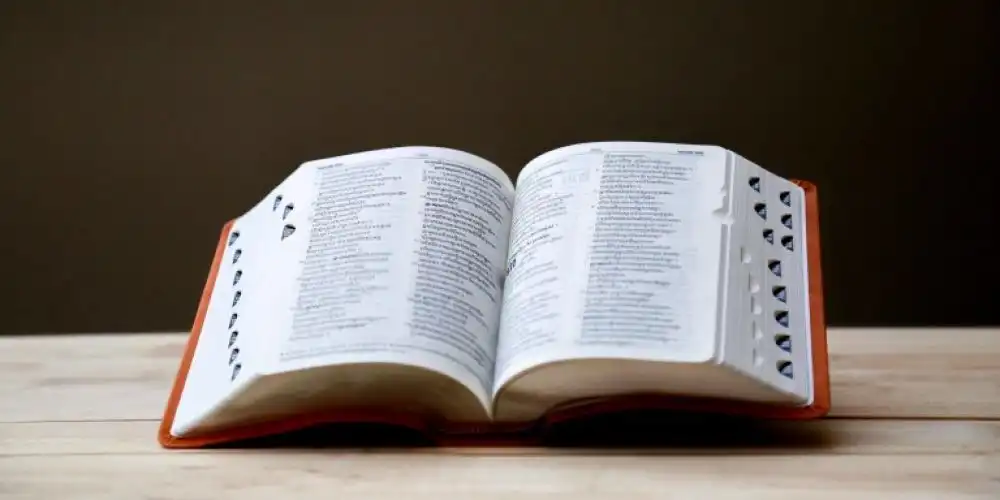Why You Should Use Big Words With Your Little Kid

Two weeks ago, I was driving my five-year-old son and two-year-old daughter home from a dip in the local pool when my phone buzzed with bad news.
Before I could stop myself, it came out of me: A loud and emphatic curse word echoing around the tiny cabin of our car and right into the backseat, where the kids were.
“You say that word a lot,” my son said.
I do, and I’m not proud of it. Neither of my kids have used the same word yet, perhaps because they instinctively suspect it’s out of bounds at circle time. But my guess is that the note from a teacher is coming soon, because my kids are just like all the others out there — whatever we say, they soak it up.
And therein lies the opportunity of showing kids the value of words — good and bad, big and small. Outside of the accidental misstep here and there, we’ve made it a point to introduce the kids to a bigger and broader vocabulary.
We know the end result is for them to become more articulate and effective in expressing themselves, but it’s also fascinating to see which words they latch onto and use in conversation.
Whatever we say, they soak it up.
There are a number of ways to build a child’s vocabulary, but it’s important to remember that repetition and context will help them along the way. According to Nonie Lesaux, a professor at the Harvard Graduate School of Education, a child needs 13 to 15 exposures to a word in different contexts and at different times to understand the word and its meaning.
Repetitive use of a word over a series of conversations is effective — I remember spending weeks talking to my son about “cumulonimbus clouds” during stormy summer afternoons in Colorado — and if possible, use words in a variety of contexts.
The word “spectacular” can apply to a range of areas of life if you think like a three-year-old: a rainbow, a treehouse, or the neck of a Brachiosaurus. Once they learn the word, they can apply it freely to their world.
It’s also useful to help kids visualise any words they’re learning, especially the big ones. When my son asked about how prairie dogs travel underground, I told him not just about the tunnels they dig, but also the “catacombs” they create to get from one hole to another.
Once we found a helpful cross-section image of the prairie dog world in a book, he was able to visualise what a catacomb looks like, and understand what the word means. Then we talked about what it means have a home that’s “subterranean.” There’s no reason to think they can’t pick up any words if you’re using them often and in the right context.
And in my experience, that’s been perhaps the biggest key of all. I generally speak to my kids the way I would speak to an adult, pausing when necessary to tell each kid what words like “illuminate” or “protagonist” mean, and offering a quick context or how to use them.
Though I’ve tried to cut back on cursing in front of my kids, I still have a dream scenario the next time I screw up. If another expletive slips out in the car, the silence is pierced by my son chiming in from the backseat.
“Dad,” he says in my dreams, “I certainly appreciate your enthusiasm.”











